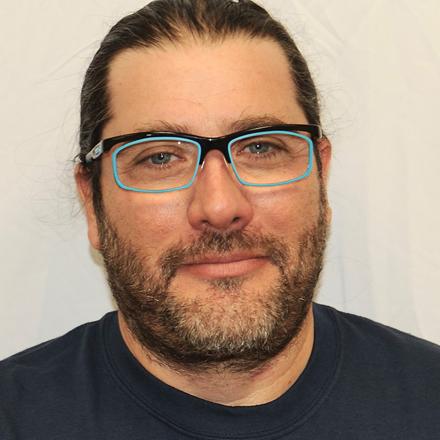Diego Janches

Diego Janches is an affiliate scientist in the High Altitude Observatory (HAO). Dr. Diego Janches joined the NASA/GSFC Space Weather Laboratory in October 2010 and has extensive experience researching the Mesosphere and Lower Thermosphere (MLT) atmospheric region. He spent time as a postdoctoral fellow at the Swedish Institute for Space Physics in Kiruna, Sweden; an NSF/CEDAR Postdoc at the Arecibo Observatory in Puerto Rico, a visiting fellow at Kyoto University in Japan; and a Sr. Research Scientists at NorthWest Research Associates/CoRA office before joining NASA. Dr. Janches’ research expertise focus on resolving major outstanding problems related to the impact of the meteoric flux in the upper atmosphere, with primary emphasis on their role on the aeronomy of the MLT atmospheric region. Specific applications include: the sources and variations (temporal and geographical) of the meteoric flux, and its role in the chemical composition of the MLT; the origin and global distribution of the metallic layers, dynamical transport of metals, and modelling the subsequent formation of meteoric smoke and its seasonal distribution in the MLT; orbital dust distribution and populations in the solar system; asteroidal and cometary origins; the mechanisms by which metallic atoms are ablated from the meteoroid body and deposited in the MLT; physical and electronic risk assessment to satellites due to meteoroid impacts. He has extensive expertise in using radars, specifically Incoherent Scatter Radars and meteor radars to study the impact of meteors on the MLT. He also works on topics related to the impact of Gravity Waves (GWs) in the MLT and has helped develop a meteor radar design to measure vertical transfer of horizontal momentum flux in the MLT by GWs. He has deployed two of these radars in Southern Argentina and King George Island, Antarctica. At NASA, Dr. Janches is currently developing a spaceborne Na Lidar concept to be deployed in the International Space Station to study globally small-scale dynamics in the MLT. He has over 100 publications in Peer-Reviewed journals.